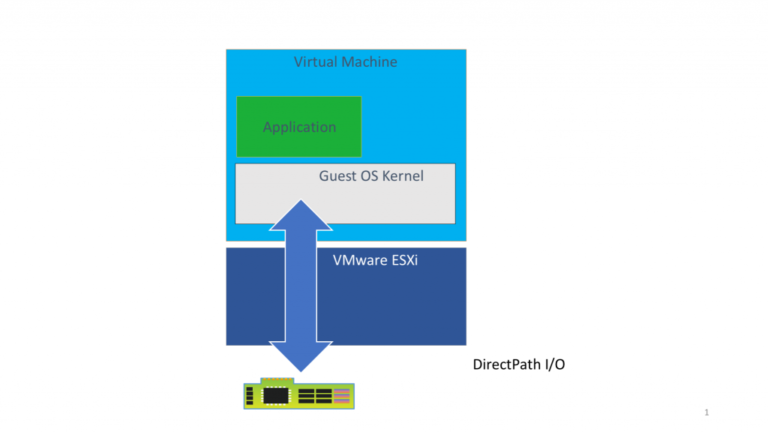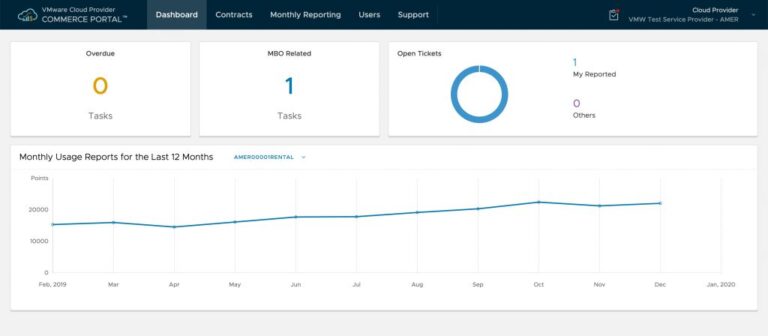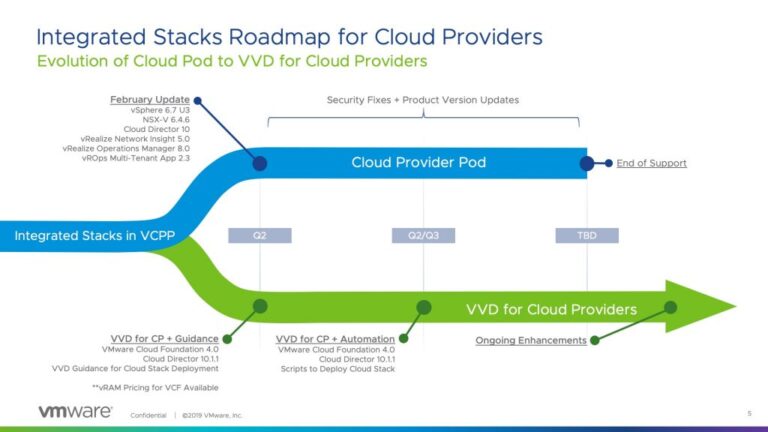
Written by Guy Bartram, Director, Product Marketing Competitive Intelligence, VMware. This is Part 2 of a two-part series on understanding and calculating your operational cost.
Operational cost improvements can be very hard to measure if you consider your operational cost as a ‘sunk’ investment (X Full Time Employees (FTE) per year at $Y cost). How can you measure the improvement in automation of a particular service and then pass those benefits onto your customer? As a competitive analyst, I can see a trend occurring where the lack of investment in understanding operational cost per unit is starting to affect many cloud providers maintain competitive pricing. To negate the cost impact, they wrap more and more ‘managed services’ around the problem which does not eventually help. This will over time compound the situation; where there are more services across multiple clouds, the margin is lower, there is increased risk that operations are not able to cope, they will eat into these margins when mistakes are made. In fact, the irony of this is that it is one of the reasons customers go to cloud providers in the first place; to take the inefficiencies off their hands so they can focus on the business. When the inefficiencies become the focus this creates a problem.
Is cheaper licensing the right approach? Everyone wants something for ‘free’ or as cheap as possible, but nothing really is, in this context the cost is pushed into operations when using ‘good enough’ products, that 99% of the time are running over capacity in any case. My advice is to conduct an operational assessment of these products and see how they match your existing investment capability, many lack features or integration that impact operations, however, the gap is constantly closing. All vendors are building support for multiple clouds, increasing automation and orchestration to provide customers a more compelling service. Foundations are important, whilst many strive to do ‘everything’ there is strength in focus and building on solid, stable, industry proven solutions.
What is the real cost? In a third-party run assessment (internal), a relatively simple task such as patching a hypervisor took double the time with a competitor’s hypervisor and given the 3x patch cadence equated to a grand operational bill of $345,000 vs $64,400 with VMware (100 hosts used in assessment). That is 5x more expensive per year than the VMware solution. So why is the competitor’s hypervisor used? Simple – in the bid, the raw license cost of the hypervisor is less than the VMware cost and the sales team do not focus on the long-term unit cost, only the contract value of the deal. If the true TCO was known and built into the deal, it would never get past the paper it was written on. I have spoken to multiple cloud providers who indicate that the amount of time assigned to management of competitor hypervisors is 3-5 times more than a VMware hypervisor, yet this behaviour persists and will mean over time the provider will struggle to maintain competitive pricing as margins are eroded and affect long term growth metrics like cash flow CAGR.
The opportunity for cloud providers is to leverage ‘best of breed’ to drive agility and automation, that comes close to the economics of hyperscale clouds. You can afford more expensive on the infrastructure and still win by providing a complete solution – the bulk of the cost is in the operations of the Application/OS/Middleware on top. Cloud Providers can provide better SLA’s, high touch support and a competitive total solution value, even if their infrastructure cost is higher. A multi-tenant cloud solution, with self-service powered by a Cloud Management Platform solution like vCloud Director will enable providers to offer competitive cloud economics without having the same scale as mega clouds.
So, if you want to remain competitive with your own infrastructure services or in the growing hyper scale cloud managed services trend, I would recommend you start by better understanding your operational cost as a part of your commercial solution design. This should start with a technical assessment to provide the breakdown per unit so you can see how improvements could increase competitive pricing and keep your customers happy. Otherwise continual adoption of platforms that offer cheaper licenses, but lower efficiency will actually drive up the cost of I&O. Eventually, you will be uncompetitive and lose business or worse….
Remember to subscribe to the VMware Cloud Provider Blog, follow @cloudhappens on Twitter or ‘like’ us on Facebook for future updates.






